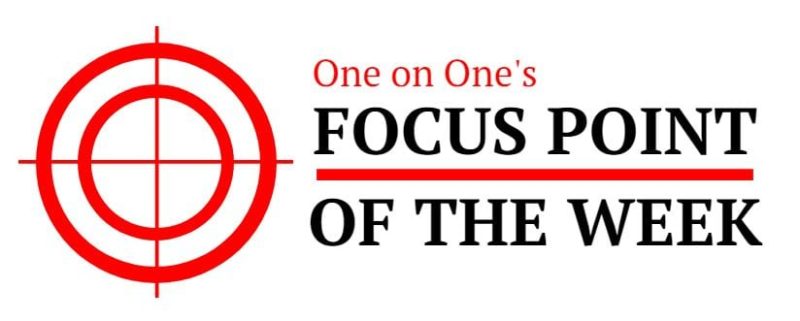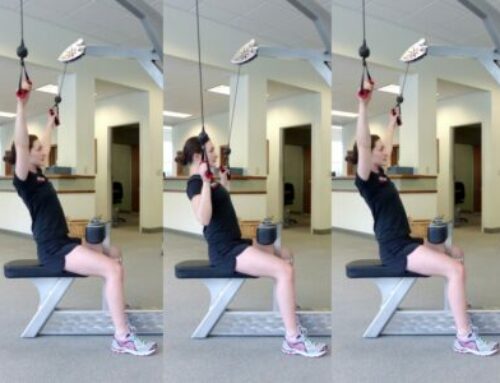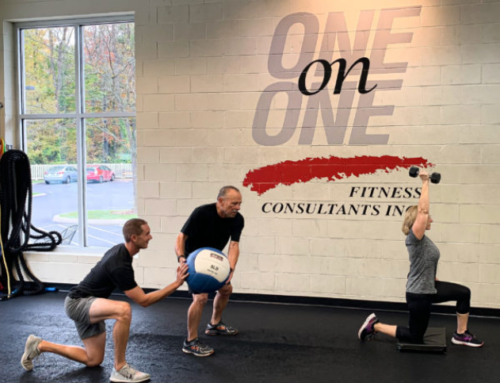Last Updated: 6/25/23
Exercise “after-burn” is the increased caloric expenditure that occurs following a workout. This important response contributes significantly to successful long-term weight loss and/or weight management. This week’s Focus Point is going to shed some light on exercise after-burn and how it works.
What is Exercise After-Burn (EPOC)?
As mentioned, excess post-exercise oxygen consumption (EPOC) refers to the calories expended after exercising. It represents the oxygen consumption above resting levels that the body utilizes to return itself to its pre-exercise state. Studies have found that the magnitude and duration of EPOC depend on the intensity and duration of exercise. It generally takes anywhere from 15 minutes to 48 hours for the body to fully recover to a resting state.
EPOC and Cardiovascular Exercise Intensity / Duration
It is the intensity of an aerobic exercise session that has the greatest impact on EPOC. As exercise intensity increases, the magnitude and duration of EPOC increases, creating a greater caloric expenditure after exercise.
One of the most effective ways to create more intensity is interval training. Studies have concluded that high intensity aerobic interval training creates greater EPOC than steady state aerobic training (Kaminski and Whaley, 1993).
The duration of aerobic exercise also affects EPOC. Research consistently reports a direct relationship between the duration of exercise and EPOC, suggesting that “more is better.”
EPOC and Resistance Training
Research has recently found that resistance training also elicits a valuable EPOC response. High intensity resistance training causes a greater EPOC response than low intensity resistance training. Avoid any significant downtime during your strength training routine, aiming to keep your heart rate elevated throughout the entire workout. Increasing the pace increases the cardiovascular demand of the workout and increases the need for post workout cellular repair and protein synthesis, making high intensity resistance training an effective method for increasing EPOC.
Practical Applications
Increased exercise intensity has the most significant effect on EPOC, whether through cardiovascular or resistance training. When training, push yourself to the point of feeling fatigued and out of breath, but make sure you still feel good when you leave the gym.
Keep in the mind the following strategies to help you get the most out of your training and increase EPOC:
- Optimize your endurance training:Regularly incorporate different intervals into your routine to keep your body guessing and the intensity up.
- Incorporate a high intensity “finisher” at the end of your strength training: Timed tabatas, complexes, and sprints are a great way to finish your strength training routine.
- Take care of your body: In order to exercise with intensity, your body must be rested and well nourished. Be intelligent with your pre/post workout nutrition, movement prep, and recovery and regeneration.
For this week and moving forward, take advantage of EPOC and get your body burning more calories at rest!





